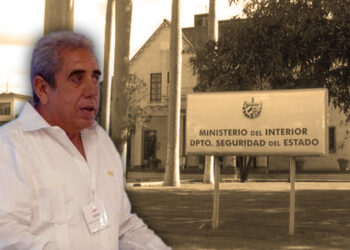Etiqueta: Graciela Ramírez Cruz
“Solidarity with Cuba”: Graciela Ramírez Cruz, and the Commerce of the “Latin American Left”
Argentinian political activist and businesswoman Graciela Ramírez Cruz has been able to reconcile the two occupations to perfection, thanks to ...
“Solidaridad con Cuba”: Graciela Ramírez Cruz y el comercio de la “izquierda latinoamericana”
Activista política y comerciante, la argentina Graciela Ramírez Cruz ha sabido conciliar esas dos ocupaciones a la perfección gracias a ...
SOBRE NOSOTROS
Fundada en 1994, CubaNet es un medio de prensa digital sin fines de lucro, dedicado a promover la prensa alternativa en Cuba e informar sobre la realidad de la isla.
SUSCRIPCIÓN A BOLETÍN
Recibe la información de CubaNet a través de Telegram.
© 2024 CubaNet Noticias | Aviso de Privacidad











